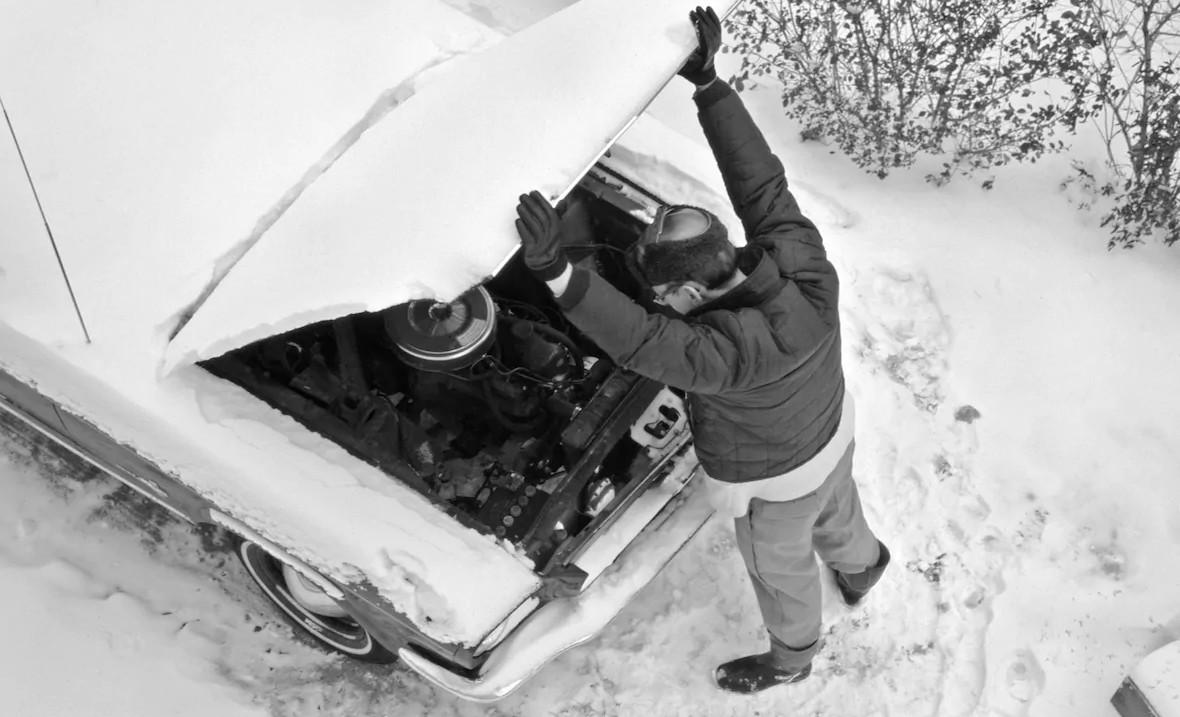
Winter engine start
 Warming up the engine in the parking lot is more harmful than smooth driving with the engine still cold.
Warming up the engine in the parking lot is more harmful than smooth driving with the engine still cold.
Winter engine start is always accompanied by some unpleasant circumstance. The period during which the plant operates at too low a temperature is certainly too long.
The truth is that if our car engines were always running at optimum temperatures, wear would be minimal and the miles to be repaired (or replaced) would be in the millions of miles.

The operating temperature of the engine is about 90 - 100 degrees C. But this is also a simplification. During operation, the engine has such a body and coolant temperature - in the places where this temperature is measured. But in the area of \u90b\uXNUMXbthe combustion chamber and exhaust tract, the temperature is of course higher. On the other hand, the temperature on the inlet side is definitely lower. The temperature of the oil in the sump changes. Ideally, it should be around XNUMX°C, but this value is usually not reached on cold days if the device is lightly loaded.
A cold engine must reach its operating temperature as quickly as possible in order for the manufacturer's specified viscosity oil to reach where it is needed. Moreover, all the processes occurring in the engine (especially the mixing of fuel with air) will take place properly when the temperatures are already established.
Drivers should warm up their engines as quickly as possible, especially in winter. Even if a suitable thermostat in the cooling system is responsible for properly warming up the engine, it will be faster on an engine running under load, and slower at idle. Sometimes - definitely too slowly, so much so that the engine in neutral does not warm up at all.
Therefore, it is a mistake to "warm up" the engine in the parking lot. A much better method is to wait only a dozen or so seconds after starting (until the oil is still warm enough to lubricate what it should), and then start and drive with a moderate load on the engine.
This means driving without hard accelerations and high engine speeds, but still determined. Thus, the cold running time of the engine will be significantly reduced, and the uncontrolled wear of the unit will be relatively small. At the same time, the time during which the engine will use up an excess amount of fuel (given by the starting device in such a dose that it can work at all) will also turn out to be small. It will also reduce environmental pollution from extremely toxic exhaust gases (exhaust catalytic converter is practically inactive when cold).
To sum up: once we have started the engine, we should be on our way as soon as it runs smoothly enough. Otherwise, we risk unnecessary losses. In some cars that are used only in the city in winter, it is in front of the radiator, and maybe put a piece of cardboard or plastic in front of the oil pan. Restricting the flow of cold air will further speed up the warm-up of the mechanisms and help maintain the desired temperature. But such an improvement requires control, that is, compliance with the temperature indicator. When it gets warmer outside, or when we start to drive more dynamically, the cardboard should be removed, otherwise the engine may overheat.